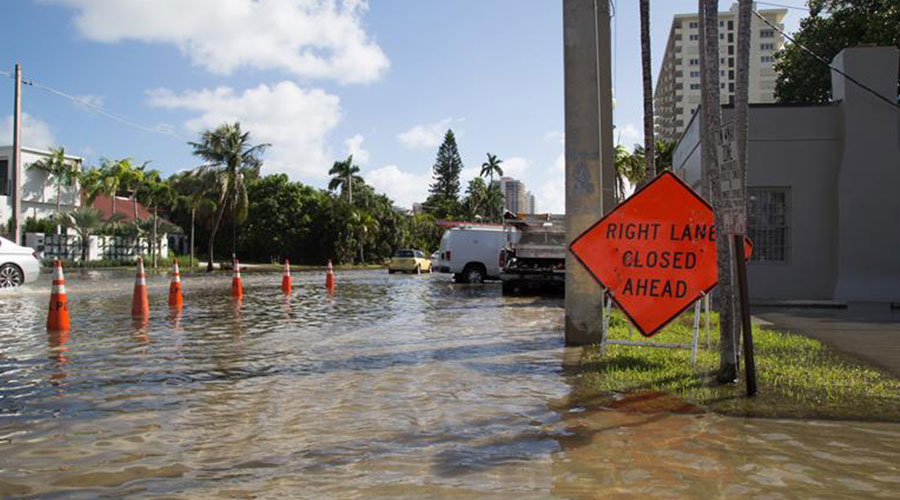Facility Managers Recount What Really Happens When Disaster Strikes
What happens when emergencies stop being polite "what-ifs" contained tidily within the pages of an emergency response plan on the shelf, and instead collide with your facility? As humans, we like to think the worst only happens somewhere else, but in a recent Building Operating Management survey of facility managers, 79 percent of respondents said they had been responsible for or worked in a facility when it was affected by an emergency. Loss of power, extreme winter weather, flood, hurricane, catastrophic failure of building system, and fire topped the list of emergencies faced. Nearly 60 percent of those facility managers had to close their facilities for a period of time due to the emergency. So, really, disaster preparedness in commercial real estate is only a matter of when, not if.
Here are the stories of facility managers in the field who experienced real emergencies at their facilities, with insights into preparedness that any facility manager can use. The first story comes from Texas.
"It happened at about 6:20 p.m. We had left the building at 6. Most of us were on our way home. The way I drove, I drove through the corner of the storm. I could see it off to the left hand side, not a true tornado, but with the color of the sky and what they were saying on the radio I knew they were having pretty bad weather over there. "I got about halfway home and security called. So I turned around, headed back. By the time I got back, 15 minutes after that call, as I was driving into downtown I could see all these strobes, fire alarm strobes, going off in my building. I knew something was wrong, but it was dark, so I still didn't realize we'd taken a direct hit."
This was March 28, 2000. The 650,000-square-foot, 37-story multi-tenant high-rise in downtown Fort Worth, Texas, at the time known as the BankOne building, had just been hit by an F3 tornado. The glass facade, made of 4-by-14 foot panes, was 80 percent smashed, sucked out, or still falling as Raymond Knight, then the building operation supervisor, made his way back to his building.
"As I got closer I could see glass falling," he says. "Matter of fact, a computer monitor had fallen out of one of the windows and crashed into the corner of my truck. That woke me up and let me know that it really wasn't safe outside."
There were still a few hundred people in the building, remembers Knight, now a facility manager for TTI, but all had been safely evacuated to the basement, as they'd followed the instructions of the brand new voice evacuation system. The new fire sprinkler system had also been activated, as walls sucked out by the tornado sheared off sprinkler heads. The central system had sent an alarm to the fire department, which responded with a phone call. "They were not responding due to citywide emergency, so we were on our own," Knight recalls being told.
At the time, Knight worked for a third-party facility management company based in the area. Before Fort Worth set up perimeters and put downtown into lockdown, a couple vans of engineers from other facilities showed up at his door. Starting with the restaurant at the top floor, the team started going floor by floor, slowly working their way down, looking for people, turning off sprinklers, and securing the building.
Have you ever been responsible for or worked in a facility when it was affected by an emergency?

(Source: BOM Survey) R=432
|
Related Topics:
















